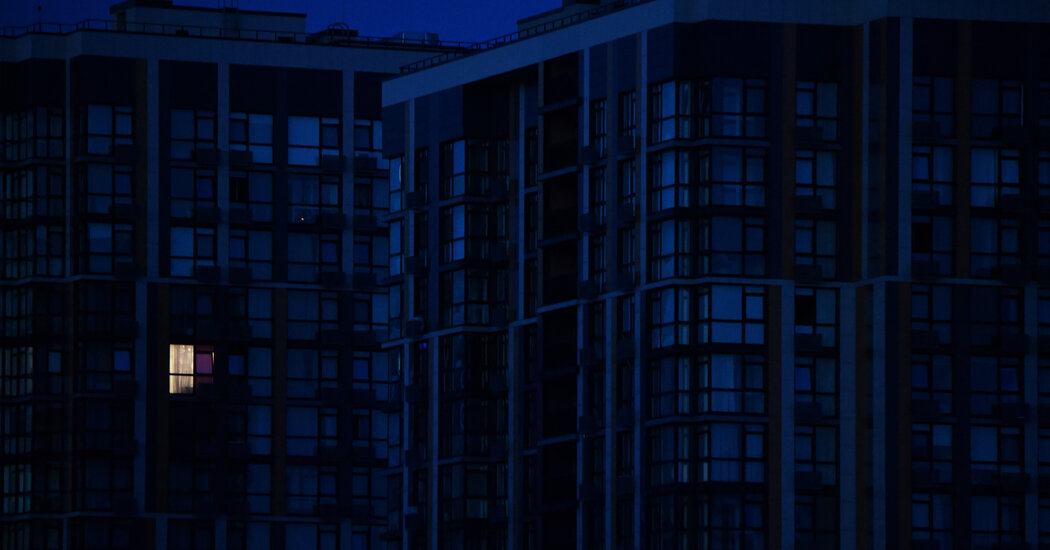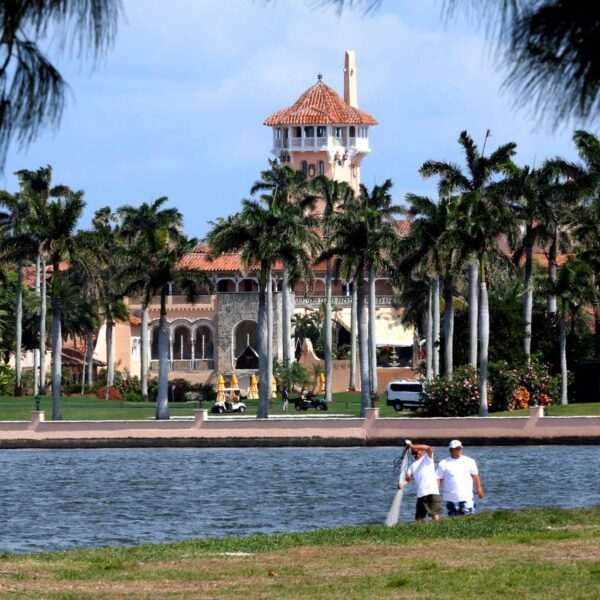Skyscrapers are without electricity up to 12 hours a day. Neighborhoods are filled with the roar of gas generators installed by cafes and restaurants. And at night, streets are plunged into darkness for lack of lighting.
That is the new reality in Ukraine, where the approach of summer has offered no respite for the country’s power grid, but has instead brought a return to the kind of energy crisis experienced during its first winter at war, a year and a half ago.
In recent months, Russian missile and drone attacks on Ukraine’s power plants and substations have left the country’s energy infrastructure severely hobbled. To make matters worse, two nuclear power plant units are scheduled for repairs this week, and summer temperatures are expected to prompt people to turn on their air-conditioners.
As a result, the Ukrainian authorities have ordered nationwide rolling blackouts for this week, a more aggressive measure than the regional and irregular power cuts that parts of the country had been experiencing earlier this spring.
Volodymyr Kudrytskyi, the head of Ukraine’s national electricity operator, Ukrenergo, said on Sunday that the power shortage facing the country this week would be “in a rather serious volume.”
Ukrenergo said emergency blackouts were applied in seven of Ukraine’s 24 regions on Tuesday.
While power shortages in the summer can leave people uncomfortably hot in dark apartments, they pose a more deadly risk in the winter.
And already, Ukraine’s widespread blackouts have raised concerns about what will happen when the frigid weather arrives, when the use of heating devices increases the load on the energy system. Experts have warned that power plants have suffered too much damage to be repaired before subzero temperatures set in, around December, which could plunge many people into dangerously cold living conditions.
“The situation is even worst than it was last year,” Olena Lapenko, an energy security expert at DiXi Group, a Ukrainian think tank, said in an interview on Monday, referring to the winter of 2022-2023 during which Russia pummeled Ukraine’s energy infrastructure.
Ms. Lapenko estimated that even with moderate temperatures and no new Russian attacks on the power grid, Ukraine would be short 1.3 gigawatts, during peak consumption hours this summer. That represents about one tenth of the energy consumption during peak hours.
“Can you imagine what’s going to happen in the winter?” Ms. Lapenko asked.
Russia has targeted Ukraine’s energy infrastructure before. From October 2022 to March 2023, Moscow pounded it with missiles, disabling half the country’s power grid by November 2022. Residents of Kyiv, the capital, sometimes had to rely on flashlights at night and planned for a possible evacuation of the city.
Ukraine survived the assaults, thanks to both newly delivered Western air defense systems and round-the-clock work by engineers to repair vital equipment.
But Russia’s most recent campaign against the power grid, which started in late March, has been more devastating than before because Moscow has improved its tactics, firing larger and more complex missile barrages that Ukraine’s limited air defenses have struggled to intercept.
Energy experts estimate that Ukraine has lost about half its electricity generation capacity since the beginning of the war. Most of the country’s thermal and hydroelectric power plants have been destroyed, which is posing a major problem because they provide the extra generation capacity needed to meet demand during peak consumption periods.
Olha Buslavets, a former Ukrainian energy minister, said last week that Ukraine is now essentially dependent on its nuclear power plants, which supply the bulk of the country’s electricity but cannot meet peak demand.
DiXi Group says there is not enough time to rebuild sufficient generating capacity before winter sets in. Olena Pavlenko, the head of the think tank, said Ukraine needed spare equipment like transformers to rebuild substations. Kyiv is hoping it can get spare parts from decommissioned thermal power plants in Germany, Ms. Pavlenko said.
One way to help address the problem, Ms. Pavlenko added, would be for the authorities to install gas turbine mobile power plants across the country. But that option could take up to a year.
Ukraine, normally a net exporter of electricity, is now importing record amounts from its neighbors, including Romania, Slovakia and Poland. But Mr. Kudrytskyi, the head of Ukrenergo, said the imports are insufficient to offset the power losses.
That has led Ukrainian authorities to impose scheduled blackouts across the country to try to stabilize the grid. DTEK, Ukraine’s largest private electricity company, has published online timetables to let consumers know when their homes will be cut off from power, though additional emergency blackouts are sometimes required.
On Tuesday, several residents of Kyiv said the scheduled power cuts had forced them to reorganize their daily life. Anna Yatsenko, a 37-year-old film producer and the mother of four children, said that as soon as the power comes back on, she uses her electronic devices to cool her home, and iron and wash clothes.
“My husband gets up and recharges power banks,” Ms. Yatsenko said. “You can’t turn on the kettle. It’s a luxury to use a hair dryer.”
Oleksandr Kharchenko, the head of the Kyiv-based Energy Research Center, said during a news conference on Monday that the power grid would not be fully repaired for at least two years.
“We understand that for the next two years, we need to be prepared for daily outages as a norm, not as a critical situation for us,” Mr. Kharchenko said. “Honestly, all we can do is get used to this as the normal state of affairs.”















